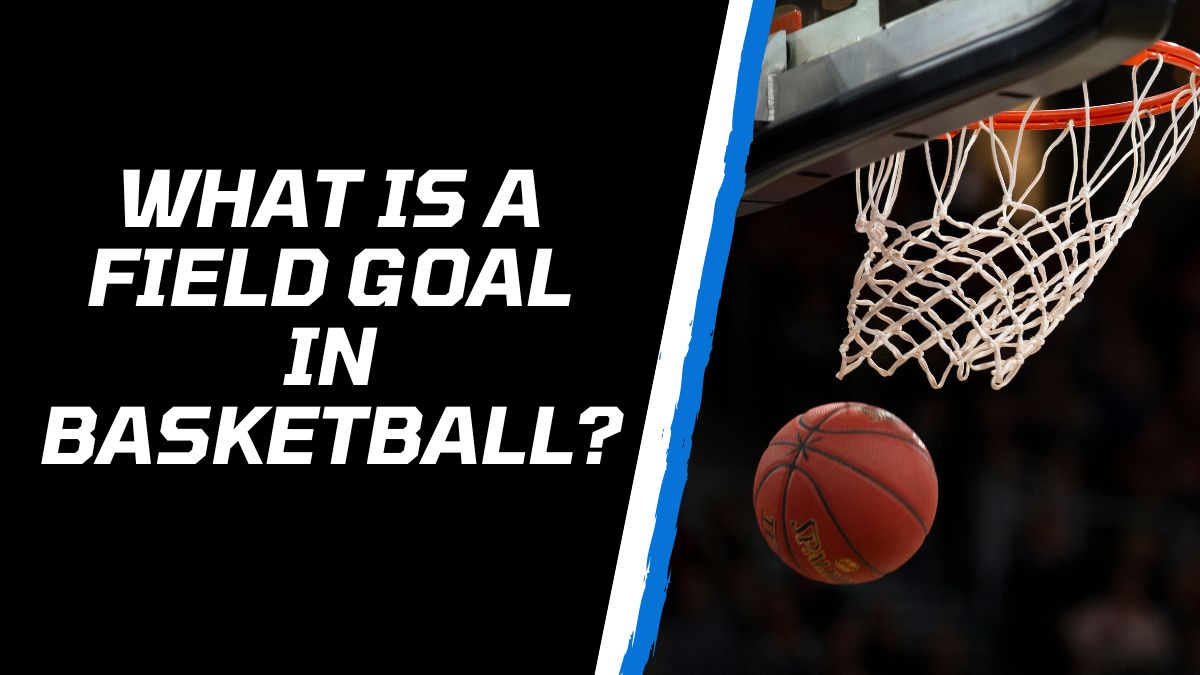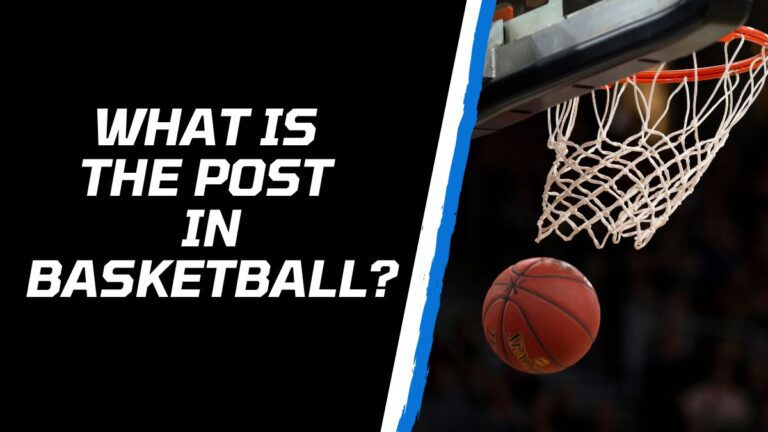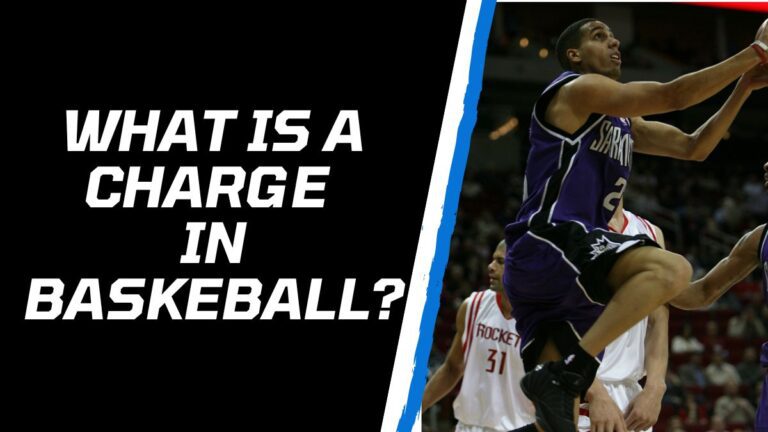What is a Field Goal in Basketball? All You Need to Know
In basketball, a field goal is a basket scored on any shot or tap other than a free throw. Field goals are worth two or three points depending on the distance of the attempt from the basket. The closer the attempt is to the basket, the fewer points it is worth.
In this blog post, we will discuss everything you need to know about field goals in basketball. We will cover the different types of field goals, how they are scored, and how they are important to the game. So, without further delay, let’s get started.
What Is a Field Goal in Basketball?
In basketball, a field goal is any shot taken from the court during play. Field goals include two-pointers, three-pointers, layups, and slam dunks. Any legal shot at the basket that is not a foul shot is considered a field goal.
Field goals are the most common way to score points in basketball. Two-point field goals are worth two points, while three-point field goals are worth three points. The distance of the shot from the basket determines the number of points awarded.
There are many different types of field goals in basketball. Two-point field goals can be made from anywhere on the court, while three-point field goals can only be made from behind the three-point line. Layups are made when a player shoots the ball directly into the basket from close range, and dunks are made when a player jumps high into the air and slams the ball through the basket.
Field goals are an important part of basketball strategy. Teams that can make field goals consistently are more likely to win games. Players who are good at shooting field goals are valuable assets to any team.
In this blog post, we will discuss the different types of field goals in basketball, how they are scored, and the importance of field goals in the game. We will also provide some tips on how to improve your field goal percentage.
Two-point field goals

Two-point field goals are the most common type of field goal in basketball. They can be made from anywhere on the court, but they are typically attempted from close range. Two-point field goals are worth two points.
There are many different types of two-point field goals, including jump shots, layups, and dunks. Jump shots are made when a player shoots the ball from a distance. Layups are made when a player shoots the ball directly into the basket from close range. Dunks are made when a player jumps high into the air and slams the ball through the basket.
Three-point field goals

Three-point field goals are worth three points. They can only be made from behind the three-point line, which is a designated arc surrounding the basket. The three-point line is typically 23.75 feet from the basket in the NBA.
Three-point field goals are a relatively new addition to the game of basketball. They were first introduced in the NBA in 1979. Three-point field goals have become increasingly important in recent years, as teams have realized the value of taking and making three-pointers.
Other types of field goals
In addition to two-point field goals and three-point field goals, there are a few other types of field goals in basketball. These include:
- Layups: Layups are shots made from close range, typically within a few feet of the basket. They are worth two points.
- Dunks: Dunks are shots made when a player jumps high into the air and slams the ball through the basket. They are worth two points.
- Tip-ins: Tip-ins are shots made when a player tips the ball into the basket after it has bounced off the rim or backboard. They are worth two points.
Importance of field goals
Field goals are an important part of basketball strategy. Teams that can make field goals consistently are more likely to win games. Players who are good at shooting field goals are valuable assets to any team.
There are a few reasons why field goals are so important in basketball. First, they are the most common way to score points in the game. Second, they are a relatively efficient way to score points. Third, they can be made from anywhere on the court.
Are Free Throws Considered Field Goals?

No, free throws are not considered field goals in basketball. A field goal is a shot taken from the court during play, while a free throw is a shot taken from the free throw line after a foul has been committed. Free throws are worth one point each, while field goals can be worth two or three points depending on the distance from the basket.
Field goals are an important part of basketball scoring, while free throws are more important for strategic purposes. Teams may intentionally foul an opposing player to put them on the free throw line, especially late in the game, when a team is trying to extend the game or close the gap.
Free throws are not counted as field goals in the official statistics for a game. However, they are often included in unofficial statistics, such as effective field goal percentage (eFG%). eFG% takes into account the fact that three-point field goals are worth more points than two-point field goals, and it also includes free throws.
Why Are Free Throws Not Considered Field Goals?
There are a few reasons why free throws are not considered field goals. First, free throws are not taken from the court during play. Second, free throws are worth one point each, while field goals can be worth two or three points. Third, free throws are often awarded as a result of a foul, while field goals are not.
Despite not being considered field goals, free throws are an important part of basketball scoring. Teams that can make free throws consistently are more likely to win games. Players who are good at shooting free throws are valuable assets to any team.
What is the Effective Field Goal Percentage?
Effective field goal percentage (eFG%) is a statistic that adjusts field goal percentage to account for the fact that three-point field goals count for three points while field goals only count for two points. Its goal is to show what field goal percentage a two-point shooter would have to shoot at to match the output of a player who also shoots three-pointers.
The formula for calculating eFG% is:
eFG% = (2 * 2P FGM + 3 * 3P FGM) / FGA
where,
- 2P FGM is the number of two-point field goals made
- 3P FGM is the number of three-point field goals made
- FGA is the total number of field goal attempts
For example, a player who shoots 50% on two-point field goals and 40% on three-point field goals would have an eFG% of 54.5%. This is because the player is essentially shooting 2.7 points per field goal attempt, which is equivalent to shooting 54.5% on two-point field goals.
eFG% is a more accurate measure of shooting efficiency than field goal percentage because it takes into account the fact that three-point field goals are worth more points. This makes eFG% a more useful statistic for comparing players who shoot different percentages from different distances.
How to improve your field goal percentage

There are a few things you can do to improve your field goal percentage. These include:
- Practice regularly. The more you practice, the better you will become at shooting field goals.
- Find a comfortable shooting form. Experiment with different shooting forms until you find one that feels natural and comfortable for you.
- Focus on your mechanics. Make sure you are using proper shooting mechanics when you shoot the ball.
- Be patient. It takes time and practice to improve your field goal percentage. Don’t get discouraged if you don’t see results immediately,
Final Thoughts
To wrap up, field goals are the most common way to score points in basketball. There are two types of field goals: two-point field goals and three-point field goals. Two-point field goals are worth two points, while three-point field goals are worth three points.
Effective field goal percentage (eFG%) is a statistic that adjusts field goal percentage to account for the fact that three-point field goals count for three points while field goals only count for two points. Free throws are not considered field goals in basketball, but they are an important part of basketball scoring.
To improve your field goal percentage, you should practice regularly, find a comfortable shooting form, and focus on your mechanics.
If you like what you’ve read, here are a few other articles that you may like:







